Hojil (호질)
9.3Km 2021-03-20
15, Jahamun-ro, 9-gil, Jongno-gu, Seoul
+82-2-764-6822
A good restaurant to visit before and after the tour, being located near Gyeongbokgung Palace, one of the tourist attractions. This restaurant's signature menu is spicy sea snail salad. This Korean dishes restaurant is located in Jongno-gu, Seoul.
Owl Museum (부엉이박물관)
9.3Km 2022-09-19
143, Bukchon-ro, Jongno-gu, Seoul
+82-2-3210-2902
The Owl Museum is filled with over 2,000 pieces of owl-themed arts and crafts collected from all over the world by the owner. Renovated from a house, the museum has a feel of an antique café as the owner offers a cup of coffee or tea to visitors. Located near the city, those interested in owls should stop for a view and a drink. Various stories of how the collection was gathered as well as information on owls are also interesting.
Kansong Art Museum (간송미술관(서울 보화각))
9.3Km 2025-06-30
102-11 Seongbuk-ro, Seongbuk-gu, Seoul
Kansong Art Museum was the first private art museum in Korea, opened as Bohwagak in 1938 by Kansong Jeon Hyeong-pil. The name was changed to the current Kansong Art Museum in 1966. Bohwagak was designated as National Registered Cultural Heritage No. 768 on December 30, 2019. Jeon Hyeong-pil dedicated his life to preserving and researching Korea’s representative relics that were devaluated and purposefully obliterated during the Japanese colonial era, as well as to acknowledging their cultural excellence and beauty. The museum houses 11 national treasures and 24 treasures.
Samcheong Park (삼청공원)
9.3Km 2024-03-18
44, Insadong-gil, Jongno-gu, Seoul
+82-2-2148-4150
Samcheong Park is a park that blooms in cherry blossoms in spring and fall colors in fall near Gyeongbokgung Palace. The park is home to a forest library and a café, and visitors can follow the trails to find acupressure trails, exercise equipment, badminton court, tennis court, playground, and a convenience store. The area surrounding the park is home to many galleries and restaurants, so it is a popular destination for walking among the people of Seoul.
Onmaeul (온마을)
9.4Km 2021-03-22
127, Samcheong-ro, Jongno-gu, Seoul
+82-2-738-4231
A place that sells dishes made with beans, which are good for the health. This restaurant's signature menu is pureed soybean stew. This Korean dishes restaurant is located in Jongno-gu, Seoul.
Of one book and stay (일독일박)
9.4Km 2024-12-23
11-1 , Pirundae-ro 3-gil, Jongno-gu, Seoul
+82-504-0904-2340
Ildogilbak in Seochon Village, Seoul, is a private hanok stay that has been stylishly renovated with modern facilities. The bedroom, kitchen and dining room are located around the courtyard. Tired travellers can soak their feet in the small courtyard footbath while sitting on the veranda. There’s a queen size bed in the bedroom, and a large table in the dining room where you can read a book and chat. There is also an attic space where you can fall asleep looking at the stars through a small skylight. The kitchen is well equipped, and there’s a tub in the bathroom.
Seongbukdong Dwaejigalbi (성북동 돼지갈비)
9.4Km 2019-12-24
115, Seongbuk-ro, Seongbuk-gu, Seoul
+82-2-764-2420
In business for more than 40 years, Seongbukdong Dwaejigalbijip has become a local legend thanks to its simple but savory menu. Pork served at the restaurant is marinated overnight in a special sauce, which infuses the meat with rich flavors that are released when the meat is grilled and the fat drips off. The restaurant’s main dishes include dwaeji galbi (grilled pork ribs) and dwaeji bulgogi baekban (set meal with bulgogi meat grilled over the fire).
Hanok Essay Seochon (한옥에세이 서촌)
9.4Km 2024-06-04
12 Pirundae-ro 3-gil, Jongno-gu, Seoul
The area of Seochon features both traditional elements as well modern, showing the changes over time. A stay in one of the hanok houses here is the perfect way to feel this unique ambiance. Hanok Essay Seochon provides this experience, open to visitors of all ages.
Olive Young - Jongam Branch [Tax Refund Shop] (올리브영 종암)
9.4Km 2024-04-17
123, Jongam-ro, Seongbuk-gu, Seoul
-
Amsa-dong Prehistoric Site Museum (암사동선사유적박물관)
9.4Km 2023-12-22
875 Olympic-ro, Gangdong-gu, Seoul
The archaeological sites in Amsa-dong, Seoul, were a collective settlement where people lived during the Neolithic Age about 6,000 years ago and became known to the world after the sand dunes along the Hangang River caved in during the great flood of 1925, exposing numerous pieces of comb-patterned pottery. The area designated as a historic site in 1979, and excavation of the site took place from 1981 to 1988. The cultural heritage protection area was expanded to a total area of 78,133㎡. Currently, nine Neolithic dugout huts and one experiential dugout hut have been restored. The exhibitions currently open to the public are Exhibition Hall 1, which displays a restoration of a Neolithic Age dugout, and Exhibition Hall 2, which displays various panels and models to help understand the prehistoric era as a whole.
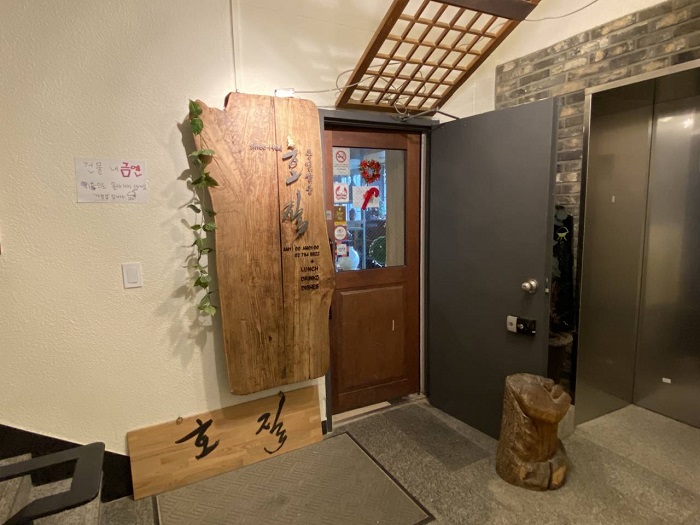
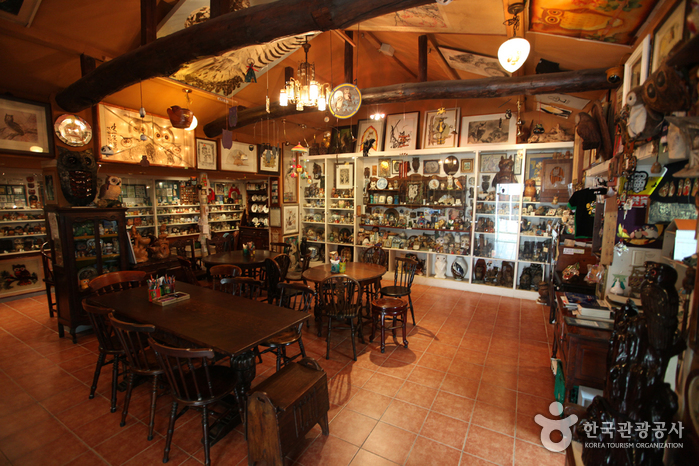
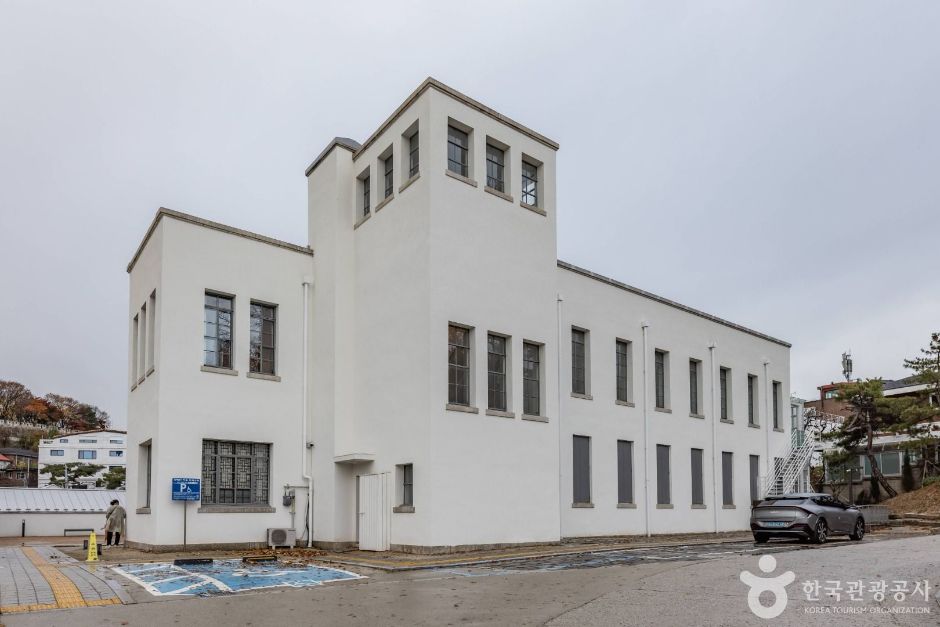

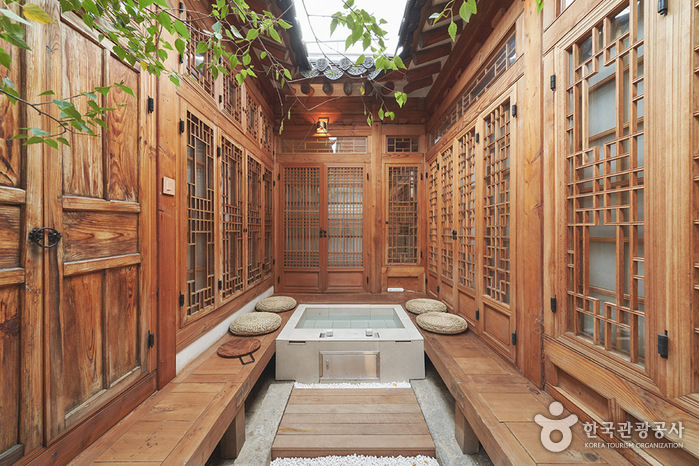
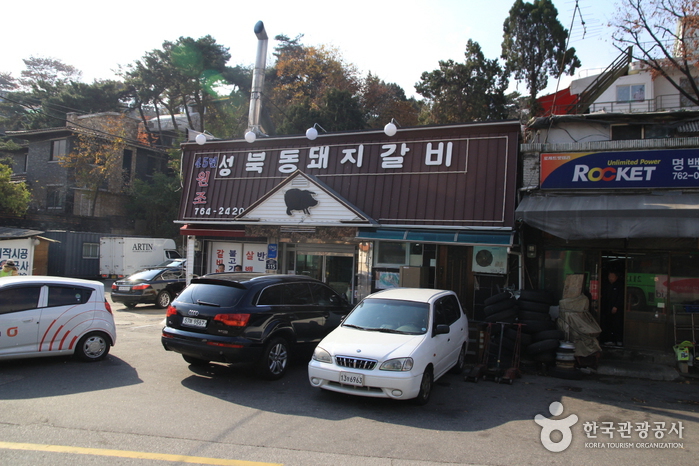
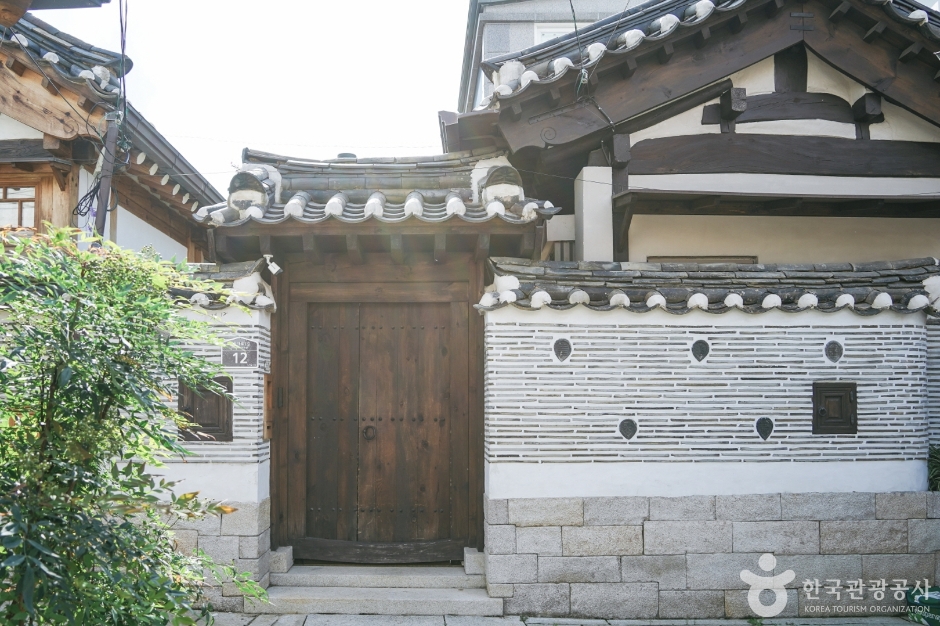
 English
English
 한국어
한국어 日本語
日本語 中文(简体)
中文(简体) Deutsch
Deutsch Français
Français Español
Español Русский
Русский